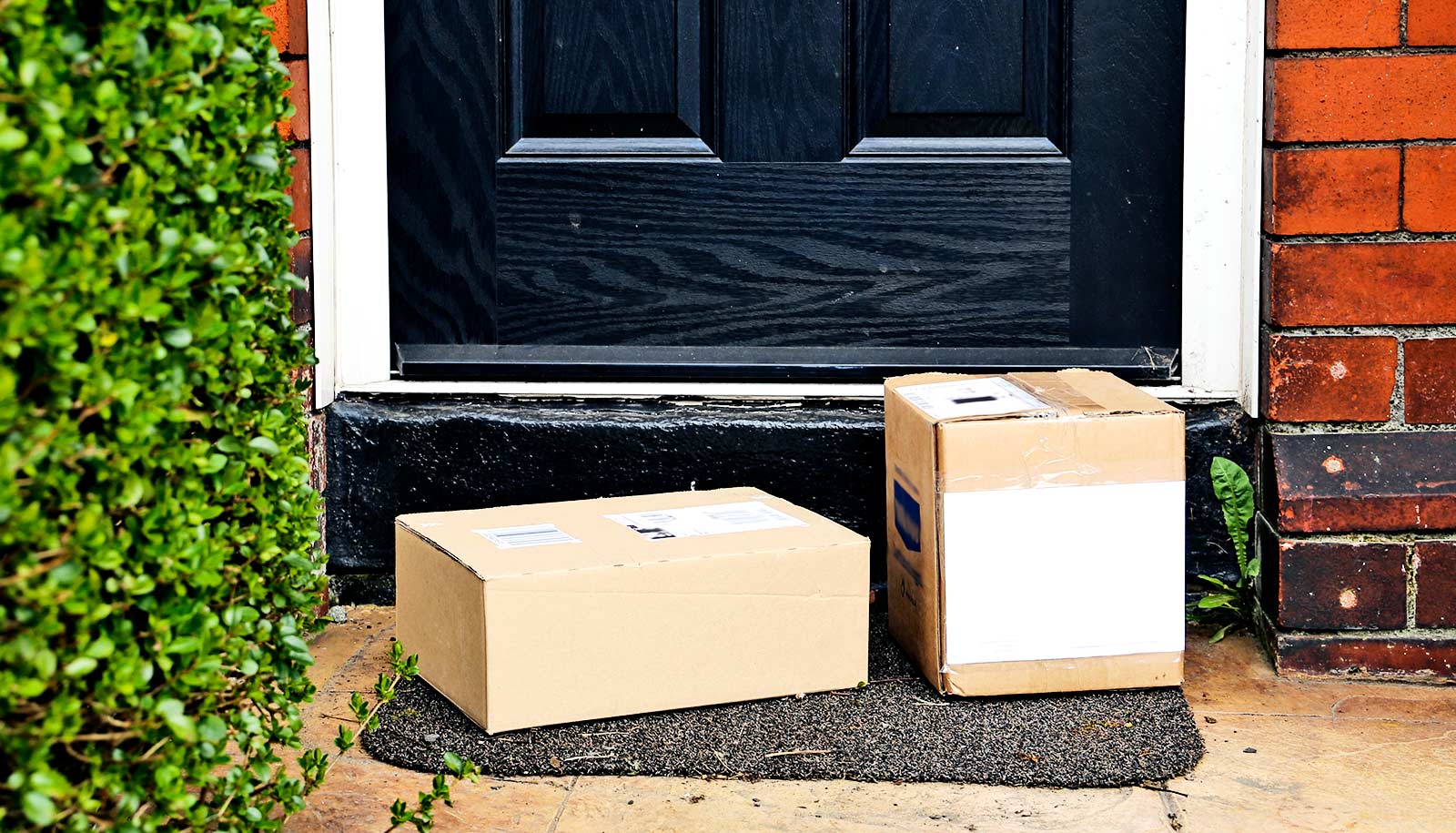Persistent global supply chain issues seem to be causing problems for consumers trying to get a Christmas tree.
Consumers visiting local tree farms in search of the perfect fir may get a shock at the limited choices. While environmental factors and lack of tree planting are playing a significant role in the shortage of real trees, supply chain issues are affecting the availability of both real and artificial trees.
Product delays and scarcity, as well as price increases, can be largely attributed to labor shortages, among other things, says Timothy Brown, managing director for the Supply Chain and Logistics Institute at Georgia Institute of Technology, who has more than 35 years of experience in supply chain optimization.
Where are the elves when you need them?
There are many factors affecting the flow of goods, but the most universal issue companies are seeing is labor gaps.
“Many brands are struggling with baseline production of standard items let alone trying to keep up with the peak that comes with the holidays,” Brown explains. Consumers are not only seeing limited availability, but they are also being faced with higher prices for their holiday favorites. The cost of labor has gone up significantly, driving up the costs to shoppers, Brown says.
“Companies with a labor-intensive workforce are seeing higher turnover and demands for higher wages. In order to make a profit, companies are having to increase prices.”
Feedback from many companies has been that people are just not wanting to do certain jobs anymore. For instance, long-haul truck drivers that were once willing to spend weeks at a time away from their families are less likely to work those hours now.
Brown says we are also seeing an increase of people retiring early, staying home with their children, and choosing gig-based employment. There has been a rise in people choosing jobs like ride-sharing, freelance work, and entrepreneurship because it allows for flexibility.
Can rail break supply chain logjam?
Your Christmas tree may be stuck on a truck, but where is the truck? The imbalance of supply and demand in shipping container movements is partly to blame. Brown says that “the cost of fuel, shortage of containers, and lack of drivers are huge barriers in getting these goods to consumers.”
The congestion seen at the ports is not only restricting the turnaround time of products but also exacerbating the labor shortage. It now takes longer to make one trip, and many drivers are quitting these jobs because it is limiting the number of turns they’re able to get paid for each shift. And companies are facing higher prices to maintain production, with the cost of containers from places like China more than doubling.
But another option for transportation is using railroad. “I get excited about the potential for expanded use of rail for container movement,” he says. “A unit train might move 400 containers with a crew of two people, while trucking would require 400 drivers.”
Using this form of transportation could improve the flow of goods and materials, but there are some day-to-day issues that come along with that. For example, it’s not uncommon for government officials to hear from constituents voicing concerns about street congestion and noise levels generated by railroad crossings.
No immediate solution in sight
Holiday lists are long and filled with everything from toys, to cars, to décor. Supply chain challenges can come about through constrained supply, excess demand, or disruptions in the flow from supply to demand. In a typical year, it’s not unusual to see one of these challenges.
This year is unique in that consumers are simultaneously experiencing all three. Consumer demand has spiked while, at the same time, the impacts of the COVID-19 pandemic are still taxing supply flows.
The issues consumers are currently seeing are unique and typically don’t happen at this scale and for this long, Brown says. He adds there is little indication that some of the challenges (e.g., labor shortages) will be solved anytime soon. He predicts that simple goods, like paper and food staples, may be restored to normal flow within the next six months, but the more complex goods, such as cars and computers, could take a year or more.
Source: Georgia Tech



